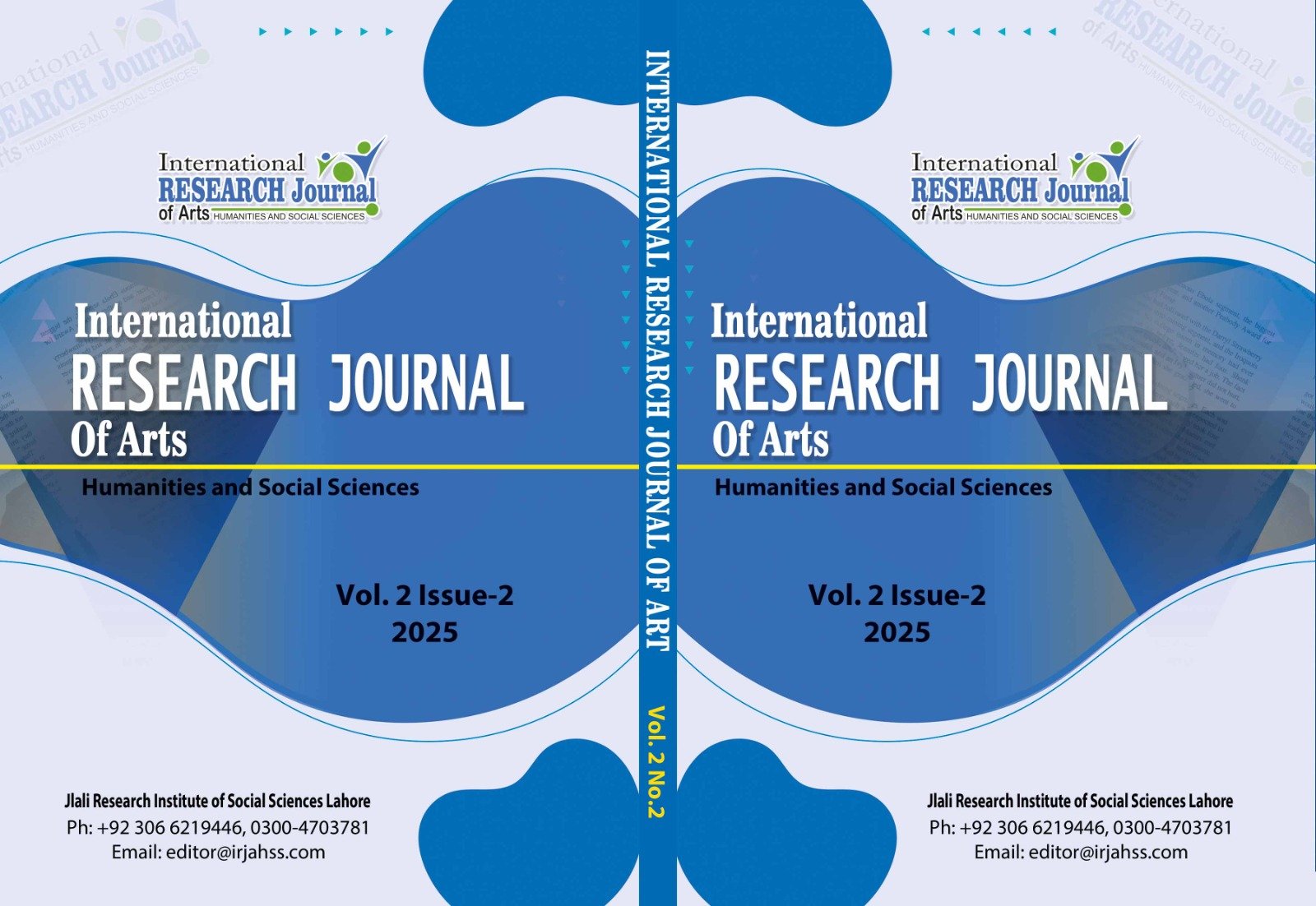Unveiling Patriarchy: A Feminist Stylistic Analysis of Ismat Chughtai's "The Wedding Shroud" Through Sara Mill's Framework
DOI:
https://doi.org/10.3456/657x2y98Abstract
This study investigates the representation of gendered oppression and power structures in The Wedding Shroud, a short story originally written in Urdu by Ismat Chughtai and translated into English by Tahira Naqvi. Employing Sara Mills’ feminist stylistic framework, the research analyzes how language, through word choices, sentence structures, and narrative positioning, constructs, reinforces, or resists patriarchal ideologies. The analysis draws on selected excerpts from the translated text, purposefully chosen for their relevance to feminist concerns such as female labor, silenced desire, social marginalization, and internalized patriarchy. By applying Mills’ model across three levels such as lexical, syntactic, and reader-positioning, the study uncovers how seemingly ordinary language encodes deep social meanings. The findings reveal that the text not only reflects but critiques the oppressive structures surrounding women’s lives. The study also acknowledges the role of translation in retaining or altering the feminist intent of the original. Ultimately, this research highlights the value of feminist stylistics as a critical tool for uncovering gendered ideologies in literary texts.
Downloads
Downloads
Published
Issue
Section
License
Copyright (c) 2025 International Research Journal of Arts, Humanities and Social Sciences

This work is licensed under a Creative Commons Attribution 4.0 International License.
Disclaimer: The International Research Journal of Arts, Humanities and Social Sciences (IRJAHSS) upholds the principles of open access, ensuring unrestricted access to scholarly content to foster the sharing and advancement of knowledge. The opinions expressed in the articles solely belong to the authors and do not necessarily reflect the views or policies of the journal's editorial team, editorial board, advisory board or research institute.






